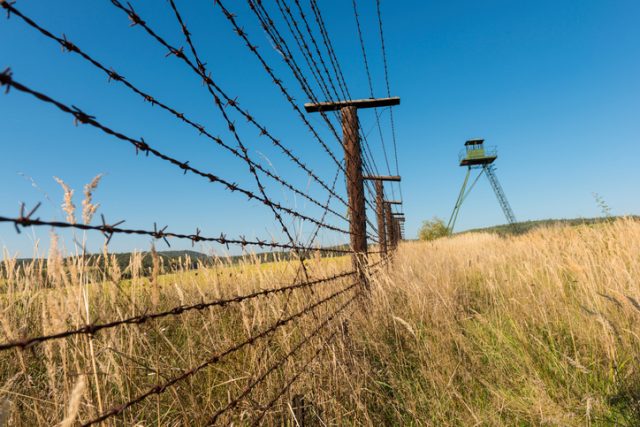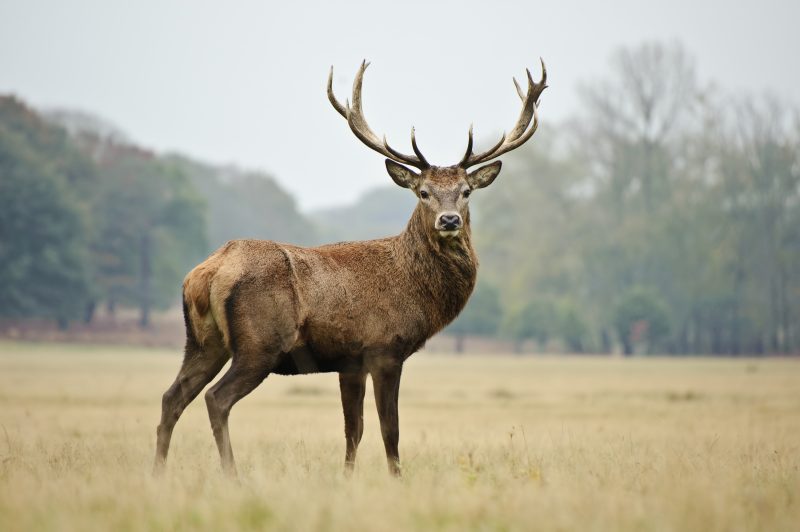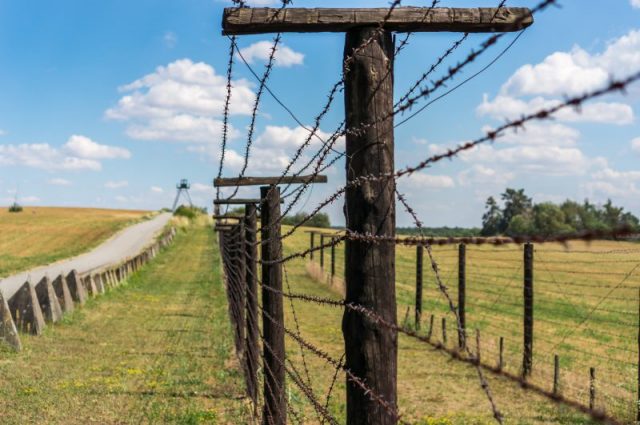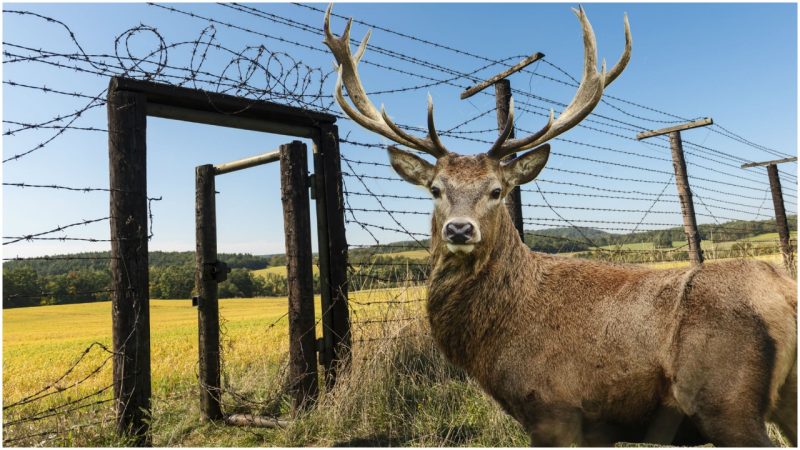Animals are unfamiliar with administrative borders set up by humans in order to separate countries from one another. They migrate through vast woodlands, unaware that they are moving from one state into the other.
But during the Cold War, even deer knew of the East-West divide.
The border between what is today the Czech Republic and Germany is 500 miles long. Thanks to the Schengen Agreement and the European Union, borders between the two countries are a mere formality today, with no checkpoints or guards.

However, it was rather different back in the days of the Iron Curtain, when the border between then-Czechoslovakia and West Germany was layered in three rows of an electrified fence and barbed wire, together with heavily armed guards, watchdogs, and other entrapments that made sure no one crossed without permission.
The two countries presented the potential front line between the forces of the Warsaw Pact and NATO.
More than 500 people lost their lives in attempts to cross the border from east to west during the Cold War, but the number of local deer who fell victim mostly due to the electrified fence might be much bigger.

It was a painful lesson for the deer, which in time learned it was best to avoid this cruel human device which cut through their forest, unnaturally breaking it in half. So they created new paths―ones that kept them within the Czech neck of the woods, while their German neighbors remained on their side of the fence.
This appeared normal until 1989, when the fall of the Berlin Wall marked a new era in European geopolitics. Subsequently, the border fence was removed.

But after the physical restrictions were gone, the deer kept their habit of avoiding the area where the horrific electric fence once stood.
This led Pavel Šustr, a Czech biologist, to conduct a seven-year research project concerning the red deer community of the Šumava National Park in the southern Czech Republic.

Šustr learned that avoiding the area where the fence once stood is a behavior that has stuck to this day among the deer population. The deer continue to follow the paths established by prior generations. The same applies for the deer residing on the German side of the border, in the forests of Bavaria.
10,000 Room hotel that never had a guest
In 2014, Šustr told the BBC about his research: “It was fascinating to realize for the first time that anything like that is possible. But the border still plays a role for them and separates the two populations.”
The 300 selected deer were tracked via GPS-equipped collars, which enabled the scientists to determine the migration patterns of the animals. The pattern draws a clear line between the Czech Republic and Germany, just as the fence once did.

The reason for this isn’t ideological, as one of the researchers jokingly told the BBC. It is the fact that the deer are very conservative when it comes to migrations. Fawns learn the route in an early age by following their mothers, who had been taught to follow the same movement pattern, so the same area remains the habitat for each new generation.
This is how the barrier became part of the collective memory of the deer, as they passed on their knowledge to the next generation.

Šustr is certain that all of the deer he followed through his research were born after the border fence was taken down, as the deer’s life expectancy never exceeds 15 years.
This confirmed his claim that the population that participated in the study was taught to follow the route, without experiencing the danger from which their parents and grandparents were fleeing.
Even though the division between East and West is today a thing of the past, these deer echo a grim period in history, when Central Europe was cut in half by a line only the bravest dared to cross.
Nikola Budanovic is a freelance journalist who has worked for various media outlets such as Vice, War History Online, The Vintage News, and Taste of Cinema. He mostly deals with subjects such as military history and history in general, literature and film.
